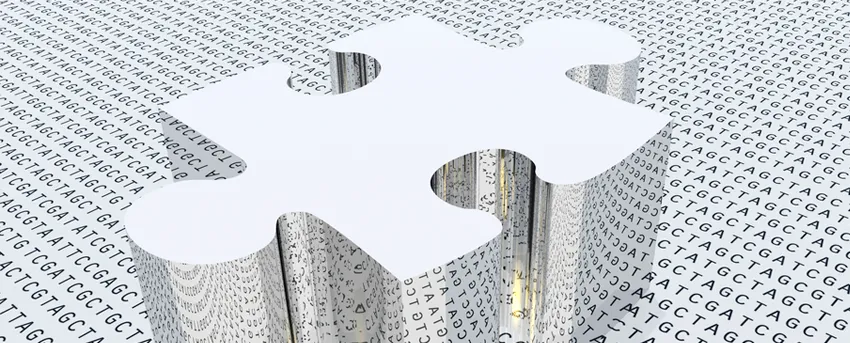
Graphic by Bruce Rolff, Shutterstock.
Stanford Medicine Scope - May 8th, 2018 - by Hanae Armitage
There may be a new powerhouse gene-editing tool to add to the arsenal of disease researchers. And they say it’s MAGESTIC.
No, I didn’t spell that wrong, and no, the scientists aren’t flat-out bragging. The tool’s full name is "multiplexed accurate genome editing with short, trackable, integrated cellular barcodes" — MAGESTIC for short.
The work, led by Lars Steinmetz, PhD, professor of genetics at Stanford, and Bob St. Onge, PhD, a senior scientist in the Department of Biochemistry, appeared in Nature Biotechnology. Stanford postdoctoral scholars Kevin Roy, PhD, and Justin Smith, PhD; and Sibylle Vonesch, PhD, a postdoctoral fellow at the European Molecular Biology Laboratory, are co-first authors on the study.
“To really study the question of how genes relate to disease, we have to be able to look at multiple genetic variations at the same time, in a systematic way,” Steinmetz told me. “At a species level, you can find thousands to millions of variants in the DNA, and as it stands, we have a very limited way of understanding how these affect the organism.”
Steinmetz hopes that MAGESTIC can help remedy that, and he’s been testing the new technique in yeast.
MAGESTIC harnesses CRISPR-Cas9 technology, but augments CRISPR’s typical DNA-cutting function by adding two key elements: active recruitment of “donor” DNA to the cut site and a genomic “barcode.” Typically, when CRISPR snips DNA, other helper molecules have to swoop in to stitch the nucleotides (the basic fabric of DNA) back together. Unfortunately, it’s not the most accurate or efficient process; some nucleotides are accidentally edged out, some are accidentally added in.
Here, Steinmetz says, is where the “donor” DNA comes in. Instead of simply hacking at the strands of DNA, MAGESTIC makes a cut, and then with the help of an engineered protein, it actively recruits the highly specified replacement DNA to efficiently repair the severed strand and create a precise edit. The edit encoded by the donor DNA could be anything — it could be the normal, functional version of a gene; it could be a mutated sequence; it could even be an entirely new sequence foreign to that species.
One of the unique aspects of the MAGESTIC technique, Steinmetz says, is its ability to track the edits reliably using a genome-integrated barcode. This tactic allows for millions of yeast cells to undergo distinct edits all at once, and enables the scientists to infer which cell got what edit later on.
Before administering MAGESTIC to yeast, they make a one-to-one chart that lists the type of the genetic variant and its tracking number, or barcode. Then later, once all the cells are edited, it’s as easy as reading off the sequence "tracking number" to figure out what edit occurred in the cell.
The idea is to flood the yeast with various designed mutations and see how they react. Does it make them grow faster or slower, or survive longer? Does it make them more resilient to chemicals that typically kill them?
Turns out, some mutations made mini “super-yeasts” that were more resilient to drugs; but some mutations weakened the yeast’s defenses, rendering them more susceptible to drugs.
Steinmetz notes that in other model organisms, the technique would require a little tweaking. For now, he and his team are sticking to yeast cells, though they are currently planning to take MAGESTIC into human cells.
“More and more people are thinking about using the CRISPR system to edit in live animals, and so it’s incredibly important that unintended edits are minimized,” Steinmetz said. “The technologies that boost precision and efficiency are welcome and needed, so we hope that MAGESTIC provides one tenable way in which this could happen.”




